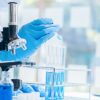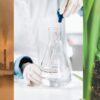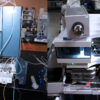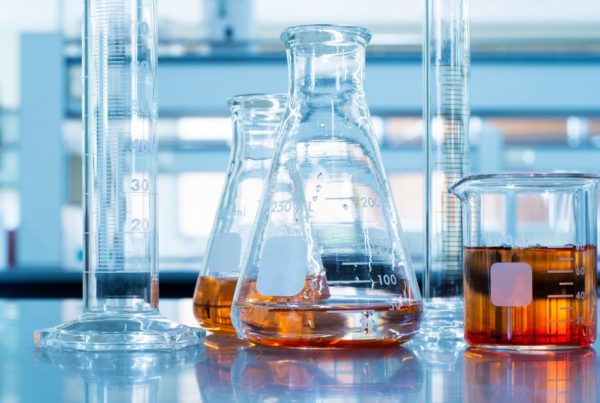With the boom of cannabis products like CBD, legal potency testing has grown to ensure these products are safe and correctly labeled. Below, we’ll explain what CBD is, why testing is important, and how an HPLC is used in CBD potency testing.
What Is CBD?
While many people have undoubtedly heard about CBD and the litany of products that have emerged from the CBD industry, what should consumers know about it? CBD is a cannabinoid, which is one of the most significant parts of the cannabis plant, as it’s the cannabinoids that determine a plant’s psychoactive effects.
The two most common cannabinoids in cannabis are tetrahydrocannabinol (THC) and cannabidiol (CBD). But there are over 100 distinct cannabinoids in cannabis, each with its unique properties and effects. Here are some examples:
- Tetrahydrocannabinolic acid (THCA)
- Tetrahydrocannabivarin (THCV)
- Cannabidivarin (CBDV)
- Cannabinol (CBN)
While THC is the cannabidiol that gives cannabis its potency and mind-altering effects, CBD doesn’t contain psychoactive properties. It is a legal substance most commonly found in the form of oil. CBD is sometimes used as a seizure treatment and is often used in health and wellness treatments for relieving stress and physical ailments like chronic inflammation.
The Importance of CBD Testing
With the growth of recreational cannabis use and CBD products, many more people are consuming cannabis-based products and cannabidiols. With more people taking cannabis and CBD, stringent safety regulations are required to protect the consumer and ensure quality.
Every CBD and cannabis product must undergo a potency testing process to identify the cannabidiols present in the product and their quantification and potency. The two most common forms of CBD potency testing are gas chromatography and high-performance liquid chromatography (HPLC), but in many labs, HPLC is preferred.
Why HPLC Is Ideal for CBD Potency Testing
HPLC is the method most often used in the cannabis testing process and is considered by many to be the gold standard for cannabinoid detection and quantification. HPLC uses a liquid carrier instead of a gas carrier, like in gas chromatography, to carry a sample through the column to separate and detect the compounds within the sample, like cannabinoids.
While HPLC may not be as fast as gas chromatography, it’s preferred. This is because it’s often more accurate and can detect more cannabinoids, like THCA and CBDA, for a more complete and thorough cannabinoid potency test. HPLC also screens for pesticides and contaminants and detects mycotoxins in CBD products.
Conclusion
If you need HPLC equipment for a cannabis testing lab or another application, Conquer Scientific has a wide inventory of high-quality, refurbished, used HPLC equipment at an affordable price. Contact our staff at Conquer Scientific to learn more about our HPLC products or to place an order today.







